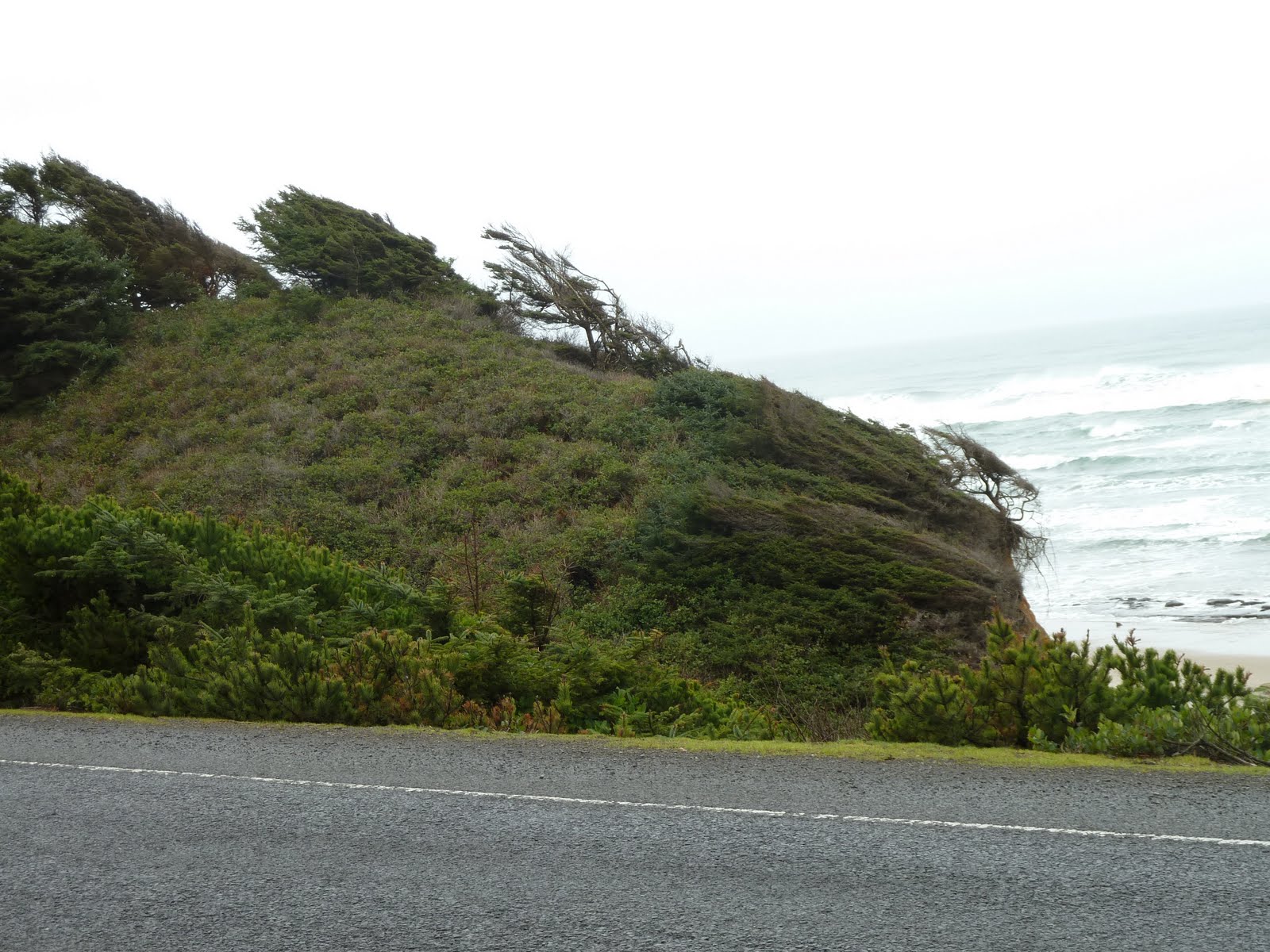



















Steve Flanagan wrote:We may be moving to lincoln county, probably in the hills. One of the areas we looked at online was Ottis.
I've done some research on what can be grown based off of the Sunset Zone, but I really prefer the experience of someone who has lived there.
It seems heat loving plants like Jujube, Asian Persimmon, and Pomegranate don't fruit there, is that true? What else should I expect?









Steve Flanagan wrote:Lol, if only we had 2 million...
The heat and poor air quality is hard on my wife. I think we will both welcome a change. Plus, we are both lovers of the rain.
I definitely will have to change the way I think as far as gardening techniques. I'm thinking about focusing on growing berries/small fruits, leafy greens, and mushrooms.





Dave Miller wrote:
Steve Flanagan wrote:Lol, if only we had 2 million...
The heat and poor air quality is hard on my wife. I think we will both welcome a change. Plus, we are both lovers of the rain.
I definitely will have to change the way I think as far as gardening techniques. I'm thinking about focusing on growing berries/small fruits, leafy greens, and mushrooms.
I recommend that you take a long trip there sometime between November and April, to make sure you really, really like rain. We don't actually get that many inches of rain, it is just delivered very slowly & frequently. I think it would be hard on your psyche to go from one extreme to the other.
The plants you listed are very good choices. What I would do is just go out into some "wild" areas in Lincoln Co. and see what is growing there. Then research to find some food plants which are in the same family.
 1
1














 1
1








































|
Why is your dog always so ... moist? Check this tiny ad for some sort of cure:
heat your home with yard waste and cardboard
https://freeheat.info
|




